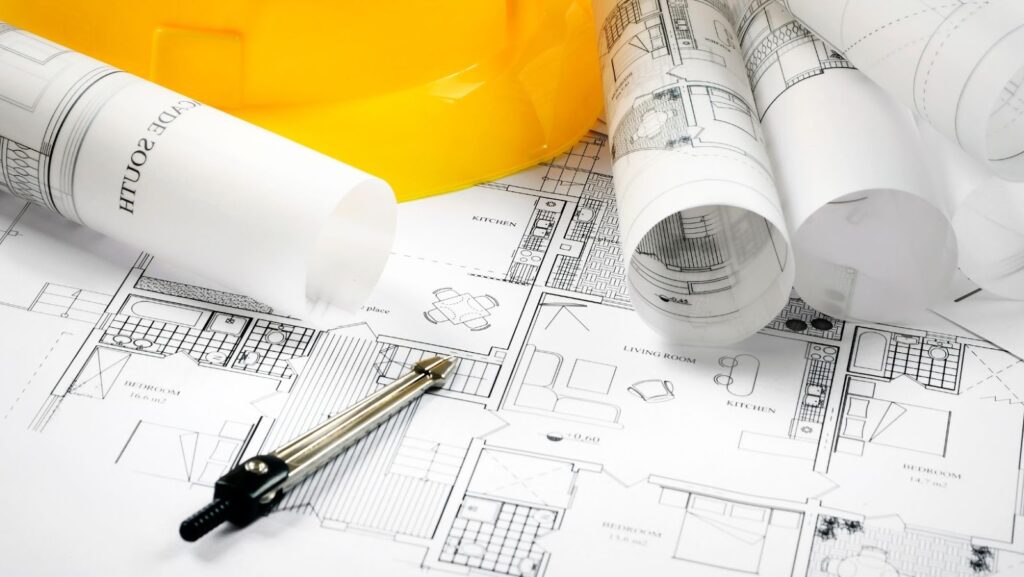Urban foundry architecture is reshaping cityscapes by merging the raw, industrial charm of old foundries with modern design principles. As cities evolve, there’s a growing fascination with transforming these historic structures into vibrant, functional spaces. This architectural trend not only preserves history but also breathes new life into urban environments, offering a unique blend of nostalgia and innovation. The appeal of urban foundry architecture lies in its ability to retain the rugged aesthetics of iron and steel while incorporating contemporary elements. Architects and designers are embracing this style to create dynamic spaces that serve as cultural hubs, residential lofts, or creative workspaces. By repurposing these industrial relics, cities can maintain their historical essence while adapting to the demands of modern living. This architectural movement is more than just a trend; it’s a testament to sustainable urban development. Urban foundry architecture exemplifies how cities can honor their past while paving the way for a vibrant future.
Urban Foundry Architecture
Urban foundry architecture integrates the robust features of industrial heritage with contemporary design. These structures retain elements like exposed steel beams and iron frameworks, providing a raw aesthetic appeal. Foundries, once pivotal in industrial production, now serve as cultural centers and residential spaces. In cultural hubs, foundry architecture fosters community engagement. Adaptations of these structures into galleries and event spaces create unique environments for artistic expression. The interplay between old and new design encourages creativity, drawing in diverse audiences. For residential purposes, lofts within foundries offer distinct living experiences. High ceilings and open floor plans complement the industrial elements. These spaces often incorporate modern amenities while preserving historical features, appealing to urban dwellers seeking originality. Incorporating sustainable practices, urban foundry architecture emphasizes resource conservation. Reusing existing structures reduces the need for new materials, aligning with eco-friendly urban development goals. This architectural style supports both tradition and innovation, enhancing cityscapes while honoring historical roots.
Key Characteristics
Urban foundry architecture seamlessly fuses industrial legacy with contemporary design. Each element gives insight into this distinctive style’s core features. Urban foundry architecture prominently uses industrial aesthetics to create unique spaces. Exposed steel beams, iron frameworks, and raw textures define the visual language. These elements serve both structural and decorative purposes, providing a vintage yet modern feel. Neutral color palettes, including grays and dark shades, enhance the authenticity of industrial aesthetics. The integration of metal and unfinished materials maintains a rugged ambiance while enabling a sleek, modern environment. Adaptive reuse forms a key principle in urban foundry architecture. It involves transforming old foundries into functional spaces, preserving history while meeting modern needs. By utilizing existing structures, adaptive reuse supports sustainability through resource conservation. Historic buildings are converted into cultural hubs, galleries, or residential lofts, blending historical architecture with modern functionality. This approach not only revitalizes urban areas but also encourages community engagement by making adaptive reuse a cornerstone of urban development.
Iconic Examples Worldwide
Urban foundry architecture showcases a global appeal through iconic transformations of historic foundries. These structures celebrate industrial heritage while adapting to modern urban needs, offering a blend of history and innovation. In Europe, several examples reflect the integration of historic foundries into urban landscapes. London’s Tate Modern, once a power station, exemplifies this transformation with its striking brick facade and imposing turbine hall. Industrial elements seamlessly merge with artistic spaces, attracting millions annually. In Paris, the La Halle Freyssinet captivates as a tech hub, preserving its concrete skeleton while housing numerous start-ups. This blend of old and new provides a vibrant workspace that stimulates creativity. Canada Water in London’s Docklands maintains its historic roots through contemporary adaptations. Formerly a coal-sorting center, it’s now an urban development featuring mixed-use buildings that preserve industrial heritage alongside modern conveniences. Urban foundry architecture offers a harmonious blend of history and modernity enriching cityscapes with its unique aesthetic. By repurposing historic foundries it not only preserves architectural heritage but also promotes sustainable urban development. These spaces foster community interaction and cultural engagement creating vibrant hubs that draw diverse audiences. The adaptive reuse of these structures supports innovation while honoring tradition making them an appealing choice for those seeking originality in urban living.

